The Dredge of Seventeen: December
By Mento 0 Comments
When it comes to game releases every year has its big headliners and hidden gems, but none were more packed than 2017. As my backlog-related project for this year I'm looking to build a list of a hundred great games that debuted at some point in 2017, making sure to hit all the important stops along the way. For more information and statistics on this project, be sure to check out this Intro blog.
Wowzers, what a year, huh? I'm referring to 2017, of course, which despite all its problems didn't involve actual plagues, just metaphorical ones of bigotry and gross incompetence. Talking of gross incompetence, I only managed to complete three more games to conclude this project but boy howdy and land of goshen are these three every bit the showstoppers a finale could ask for. We've got picross!
Before I launch into those, however, I want to briefly highlight a few "honorable mentions": games that, for whatever reason, I couldn't bring myself to finish, or even start. Games that had technical issues (mostly on my side, mostly potato-related) or were just not what I was in the mood for at that moment. I might have to circle back around to some of them eventually; after all, while I successfully completed my top 100 for 2017 back in October (rendering this star-studded finale somewhat anticlimactic), there's always more tweaking and shuffling to do. Always. Forever.
- Sundered: Eldritch Edition: A stylish explormer from Thunder Lotus, which recently earned a lot of award buzz as the developers behind Spiritfarer. I'd played Sundered previously back in 2020 for an Indie Game of the Week entry (#174) but never got around to finishing it. My PC could just about run it, but it was one of those explormers with a heavy combat quotient and very much needed to be slowdown-free. I might double-dip on one of its console ports eventually; I've seen it go on sale for pennies before now.
- Dragon Quest Heroes II: Would you believe this was a Xmas present? A little too late for this feature but I'll get into some DQ Musou later in the new year no doubt.
- Paradigm: I was enjoying Paradigm, a very strange point-and-click that reminded me of those affectionate Ben and Dan genre parodies, but again ran into some technical issues. I'm going to punt it into 2021's Indie backlog and see if I can give it the love it deserves.
- Everything: Trying to run anything on this PC is an uphill struggle, let alone Everything. For a little philosophical game it sure has some beefy requirements.
- Ken Follett's The Pillars of Earth: This is a video game? I thought it was a miniseries. I wasn't sure whether to watch that first (or read the dang books like an adult, even) in case the game built on them in some way but kinda left it too late.
- RosenkreuzStilette Freudenstachel: This sesquipedalian Mega Man homage looks to be a slight improvement over the first RosenkreuzStilette (also localized in 2017 and covered back in March's Dredge) but I hit a wall with its ridonkulous difficulty almost immediately and decided I had better things to do, like punch holes through a steel girder.
- Children of Zodiarcs, A Rose in the Twilight, MagiCat, Seven: The Days Long Gone, A Robot Named Fight!, River City Ransom: Underground: Some neat-looking Indies for which I neglected to find time. I'll play and cover them for some other feature. Dredge of Seventeen II: The Re-Dredgening? Maybe not that.
- Sonic Mania: I haven't said no, not quite yet. It's just... well, it's a modern Sonic game. Once bitten, and all that.
- Metroid: Samus Returns: Last on sale April 11th, 2019. Thanks for nothing, Nintendo.
Cuphead
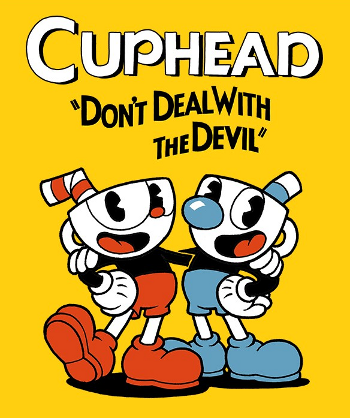
Cuphead is this year's Into the Breach for me: a game that, owing to its genre, would not normally be something I'd be interested in were it not for its glowing reputation, to the extent that it broke out of its niche and found a greater audience. In Cuphead's case, that niche is super-tough run-and-gun (and shoot 'em up) shooters in the vein of a Contra or Metal Slug, or perhaps a Gunstar Heroes or Alien Soldier given its boss rush structure. Obviously, a big part of that unanimous appeal is in its striking '20s Fleischer Studio inspired character designs and animation (and music), which is both flawless in its execution and an aspect that has been endlessly championed and dissected by those far more versed in the animation history it venerates.
Cuphead, if you've somehow buried your porcelain noggin deep in a kitchen cupboard all these years, is largely focused on boss fights with dangerous, screen-filling opponents whose attack patterns you need to memorize as you slowly whittle down their health with a selection of different firing modes. Bosses frequently go through multiple stages so it takes some practice and research before you're able to defeat them without taking too many hits, and then ideally can do so even more efficiently on subsequent runs if you feel so inclined to chase a higher ranking. There's also the occasional run-and-gun platforming stage to break up the parade of bosses, best completed early for the coins they offer as this cash grants you new weapons and passive perks at the local store. Run by a man-pig with an eyepatch in one of Cuphead's many subtle references to other classic games, these store-bought power-ups are permanent once owned and are often ideal for specific boss strategies and thus useful if you're underperforming against them and trying to fine-tune your approach. Granted, you have to remember to equip them, and possibly give up some other handy upgrades in the process.
Mechanically, the game is extremely tight and I think this is probably the reason for its enduring legacy once the novelty of its presentation has worn off (which it won't, but all the same). Since the par time for almost all the run-and-gun courses and boss battles is a mere two minutes, fights don't tend to drag on and on into these marathons where you feel like you've wasted a significant amount of time if you should crash and burn at the final hurdle. You can take three hits and can upgrade that number to five, which is more than fair once you have a boss's various forms down and have learned how to anticipate the worst it can throw at you. Your hard-earned "super arts" do enough damage to force the next form along faster if you're having trouble with a boss's intermediate stage(s), or you can save them for the final form when the boss is frequently at its toughest. Parries, which have you bouncing off certain pink projectiles as they fly past, builds the super meter quicker for even faster victories. There's multiple avenues through which to improve your prowess on a specific fight or at the game in general, if only gradually, by utilizing all these intrinsic advantages to their fullest. Given the relatively small number of moving parts - it isn't like Souls where you endlessly have to consider and reconsider your character build and current gear if you've hit a roadblock - cracking whatever formula you need to take down an obstinate boss isn't a Herculean task, though actually executing on your plan successfully might well be.
Cuphead pulls a smart economic move that games like Fred Wood's Love series also figured out, in that due to its nature as a super elaborately-animated game created by a smallish studio who already spent many years developing it on a shoestring budget there's only necessarily so much content to go around, and so the players need strong incentives to replay a lot of what they've already seen. The first incentive Cuphead provides is by scoring your performance: a letter grade based on time taken, number of parries, remaining health, and your usage of super arts (more is better in this case) will net you anywhere from an A to a C, with achievements for netting as many A-ranks as possible. The second incentive is by introducing an Expert Mode, unlocked post-game, that adds an S-rank tier for those willing to put themselves through the wringer a second time against even harder versions of the bosses. That said, if you just wanted to complete all the bosses once there's at least twenty and the later ones might take a while if you're anything like me, so even if you're not a highscore chaser or an achievement hound there's more than a single session's worth of frantic action on offer.
Accessibility-wise, this isn't a game that plans to take it easy on you. There is an easier mode for boss fights but these are intended to help you get used to the boss's attack patterns by slowing them down or making them less frequent; you still need to defeat the "regular" difficulty for each boss in one area to move onto the next. Experimenting with power-ups, at least those of them you have, and taking on the run-and-gun stages and the bonus game mausoleums to unlock more super arts are often helpful. An average player will probably defeat most bosses, albeit with lousy grades, without too much trouble until they get to the last area at least, and by then they should have access to all the power-ups there are to unlock and have the means to discover an ideal plan of action. I found the horizontal shoot 'em up stages hardest myself, though that's possibly because I have far more experience with platformers than I do the likes of Gradius or R-Type.
Ultimately, I was never going to be the biggest fan of Cuphead because those run-and-gun bullet hell types are not the sort of genre I typically enjoy. Bashing my head against a tough boss can be fun in certain contexts, like in RPGs where I can always go grind if I feel overwhelmed, but when those battles are almost all a game is it can feel a little limiting with no other recourse than to "git gud". However, Cuphead is also something that I can respect a great deal and not just for its incredible art direction; its suspenseful slobber-knocker showdowns belie some very intelligent and considered game design. The whole 2D boss rush shooter format was what the developers decided worked best for that style, even if I might've wanted an explormer with more traversal power-ups myself (but hey, maybe we have enough of those?), and there's some irony in knowing that, despite looking like something made 100 years ago, those graphics will be timeless in a way most polygonal or even pixel art games won't be. I suspect people will still continue to discover Cuphead years from now and it'll be as fresh as ever.
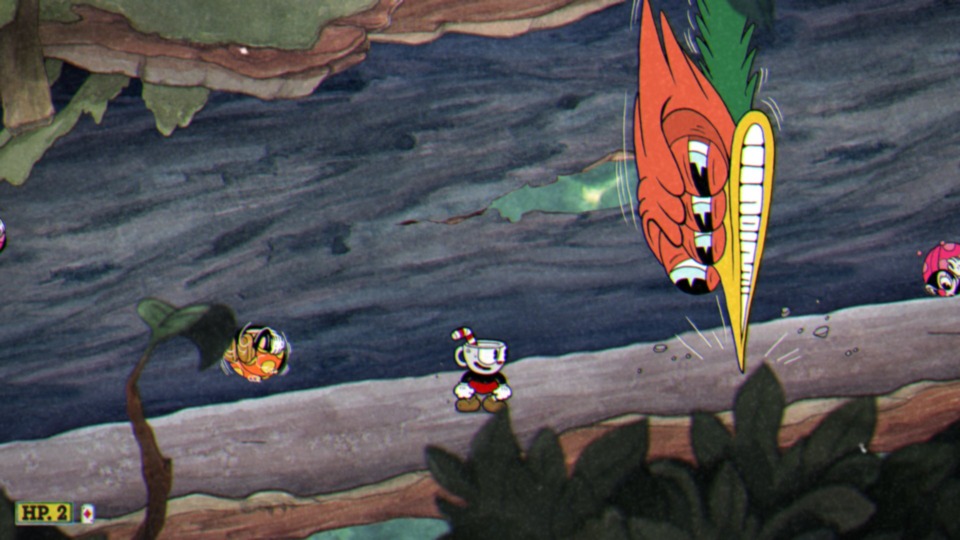
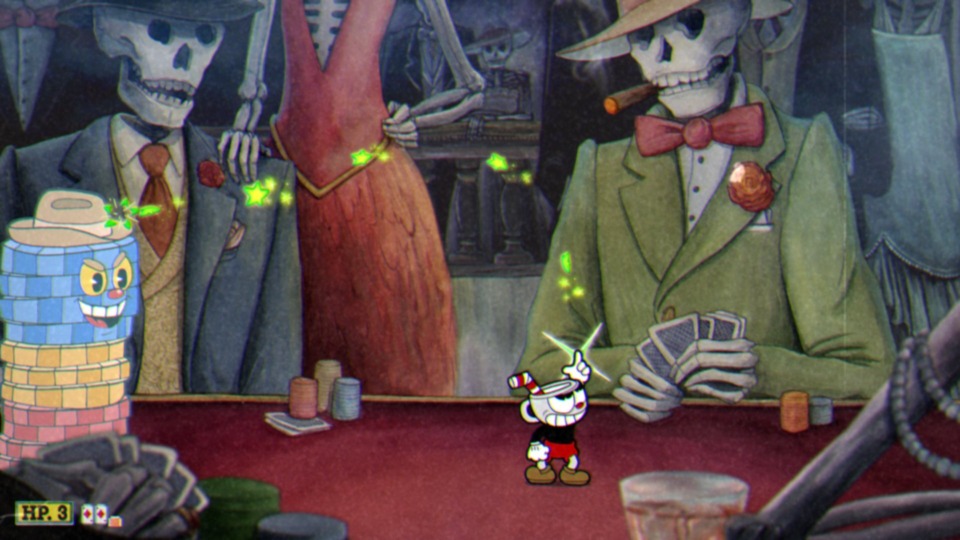
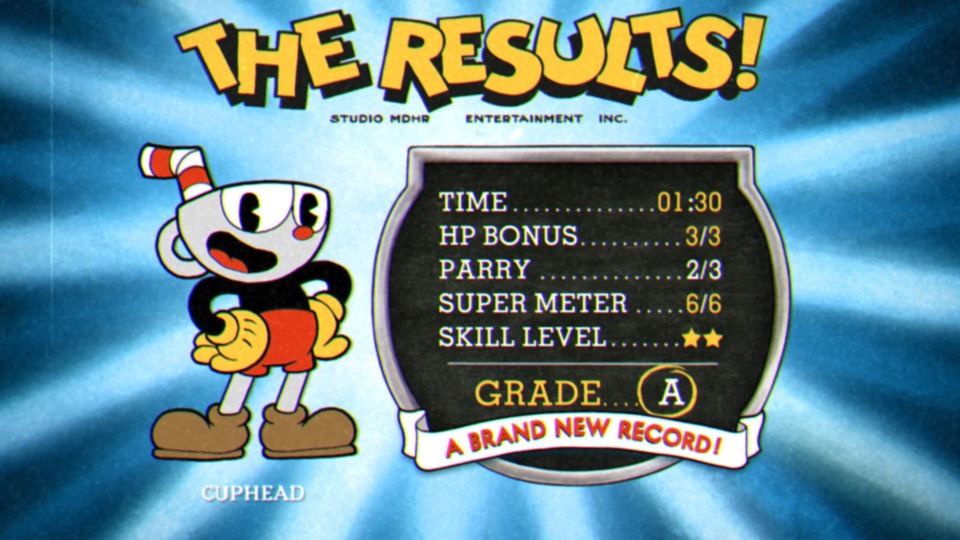
Ranking: C. (This is a personal list and the top half is so competitive as of December that I can't see Cuphead beating anything in the top forty, all of which I adore, given my annoyance with some of its challenges and my apathy with the whole concept of repeating content over and over just to earn higher grades. Even so, it definitely deserves a look-in as one of 2017's most important games and so I think somewhere in the middle of the table is a peachy keen fit.)
Pepper's Puzzles

Video games are usually created for broader entertainment purposes but some occupy a double role as something close to a therapeutic aid, helping players to relax with a structure or process that becomes almost automatic after enough practice. Tetris Effect is named for and utilized this phenomenon credited to the venerable Soviet block-stacker, drawing its audience into a world of calming synesthetic beats as they unhurriedly cleared lines purely on reflex. Similarly, the humble ritual-intensive nonogram puzzle has often performed the same role for me, and over the years I've come to appreciate what makes for a good picross game. It's a more elusive quality than I previously credited to the developers that have worked on such games, such as Jupiter, and having tried a few of the cheaper Steam offerings the gulf between their quality is significant.
I'm glad to report that Pepper's Puzzles is one of the better cheap picross games currently available on the Steam store (and Itch.io too, if you're of a DRM-free persuasion). There's the more apparent virtues of the game, which include a silly sense of humor that governs the selection process for the puzzles themselves, giving you unexpected jokes once the puzzles are complete along with suitably dumb captions. There's the more ambitious "mosaic" mode in which you're completing panels, each a 15x15 puzzle, to assemble a larger image. There's the surreal addition of a time-trial mode that tests your puzzle-solving efficiency with a series of randomly generated "pixel noise" puzzles that don't resemble anything (except maybe Missingno). There's a Steam workshop-enabled mode to import user-created puzzles or export your own. There's the titular Pepper herself, who occupies the role of a friendly tutorial provider and general cheerleader to encourage your efforts. However, for all its frivolities, the core the game's puzzles and mechanics are the real star, for as invisible as good game design tends to be.
One aspect where this attention to detail to shown is how the game takes on the less common "Wario" ruleset for addressing player penalties and mistakes. Some games would penalize you then and there for a misclick, perhaps artificially adding to your time or denying you a "perfect" score, while others simply keep quiet about any mistakes you might make. The latter, named for the Wario mode in the Super Mario's Picross series, is also the preferable option: misclicks aren't necessary errors of judgment but often purely unforced, like drawing in a row of tiles and going one block too far accidentally. While this approach appears on paper to be far more gentle, there's the risk of a cascade of falsehood from a single mistake; once one line has been completed incorrectly, that will then pass onto its adjacent lines and perpendicular lines and create a mess that the player might not be able to fix. Pepper's Puzzles single scoring factor is the time taken: you can earn up to three stars per puzzle if you complete it under its par time, usually quite generous, and the stars don't really do anything anyway unless you're trying to earn all the achievements; it's not like some other picross games where the stars are currency needed to unlock more puzzles.
Pepper's Puzzles also has a mechanical rule change I didn't anticipate, though it's relatively minor and I'm undecided whether or not it improves the pre-established picross template. My apologies for getting all technical on you all, but in most picross games when you've surrounded a series of filled tiles with some crosses, the latter indicating tiles that are not part of the image, it'll grey out the corresponding number clue. Say, if the clue is "5, 3" and you fill in the 5 and bookend it with crosses, it'll grey that number out while leaving the 3 (unless you've previously filled/surrounded that also). In Pepper's Puzzles, no number hint is ever greyed out unless you've managed to connect it to the one of the grid's terminals, i.e. its far left, right, down, or upper edge. Thus, to go back to the previous example, even if you've surrounded that five with crosses, it won't take affect unless those crosses extend to the very edge of the grid. Sometimes this doesn't make a whole lot of sense - if the five is, say, two tiles away from the edge of the grid it's not like anything else can fit in there, and you've already found the five anyway so there's nowhere else it could be - but there's a logic to this approach if it means eliminating any possibility that other filled tiles are in those spaces. If you fill in all the number hints without "capping" them in this way, they'll be greyed out regardless, so the rule isn't even all that consistent about this. It caught me out a few times when reviewing my mid-puzzle progress, seeing that a larger number hint hadn't been greyed out had me thinking along the lines of "oh, did I miscount how many I'd filled in?" before realizing I just hadn't placed all the necessary crosses around it yet, but it's also not the sort of wild rule change that, for instance, Pixross implemented that significantly changed the challenge level of the puzzles. I can understand why it's there, it's just that anything being different in a picross game - something that has existed for almost thirty years in interactive media - takes some getting used to.
As with its contemporary Paint it Back, with whom it shares its occasionally surreal sense of humor, Pepper's Puzzles is an easy recommend if you're looking for a decent-length picross game that's cheaper than the Picross S series for Switch, which is the closest thing picross games have to a pedigree franchise. Even if its alternative modes aren't to your liking, there's still 240 of the core "Classic" puzzles separated into sixteen thematic categories and they'll often mix it up with unusual grid sizes like 20x35 or 10x17 to keep things interesting. Running goofs like the ridiculous non-litigious names for puzzles based on movies or video games and unexpected twists in the story-like "Daily Routine" set made for some funny moments, creating something distinct from the usual pixel art subjects that tend to comprise any given picross game.
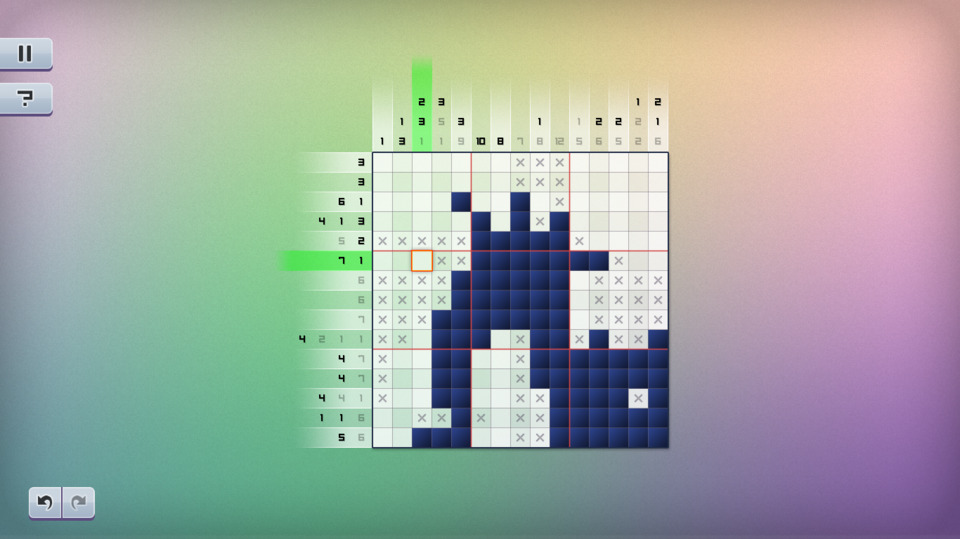
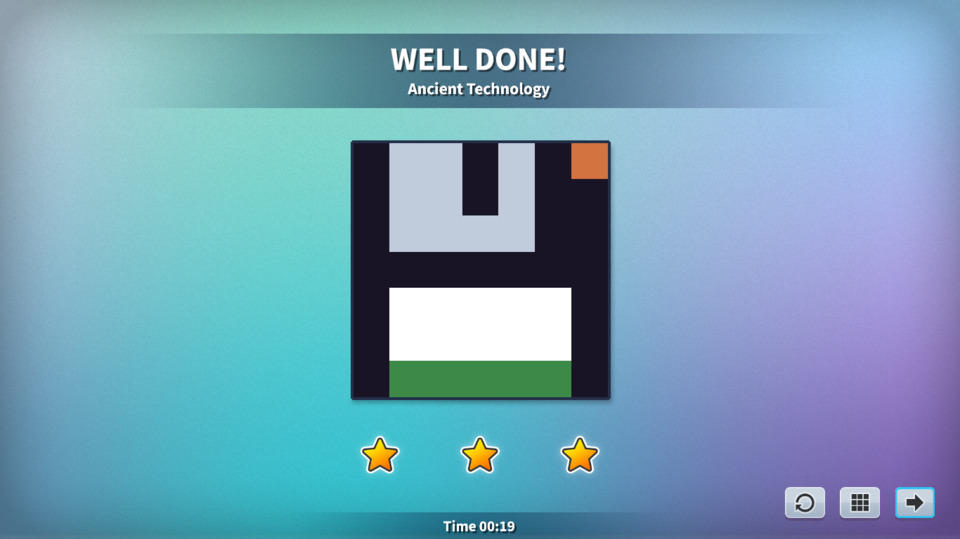
Ranking: C. (A good picross game is hard to pull off, despite what feels like a very simple approach of taking some pixel art and generating a bunch of number clues needed to recreate it. So many great picross puzzles will stump you until you figure out that one line that causes everything else to click into place. Pepper's Puzzles is relatively basic but the humor and solid fundamentals were enough to maintain my engagement throughout, fitting in a handful of puzzles whenever I had a moment free last December. Happy to place it above the first Picross S game, which was underwhelming especially considering it cost me twice as much as Pepper's Puzzles.)
Zwei: The Ilvard Resurrection
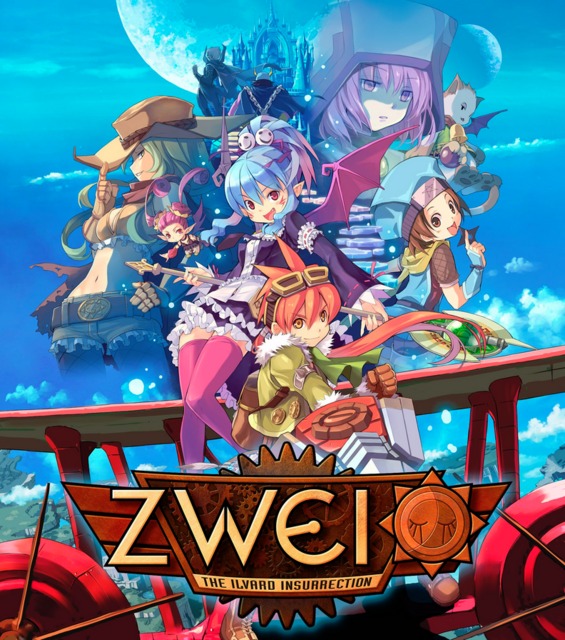
I've written about the Zwei games as part of a week-long retrospective on Falcom some years back during an E3 (back when those were still a thing) but I didn't really get what they were going for back then. The Arges Adventure, the first Zwei game originally released in Japan in 2001, had a fun localization but the gameplay felt a bit too basic, running through non-descript dungeons as a pair of protagonists: one magical ranged, one melee, with instantaneous swapping between the two not unlike Castlevania: Portrait of Ruin. The second Zwei was made way later in 2008 and is a much more confident and feature-rich take on the same formula, as the player controls dashing pilot and typical anime protagonist Ragna Valentine and the cool-headed vampire princess Alwen as they both seek to reclaim Alwen's invisible ancestral castle(vania) from a band of mysterious villains, recovering her transplanted magical skills along the way.
The game straddles the line between the type of action-RPGs Falcom usually makes by way of the Ys and Xanadu franchises, in which the player has a lot of alacrity and what almost feel like brawler techniques with which to eliminate enemies quickly while incurring as little damage as possible, along with a dungeon crawler where the goal is to always be wary of traps and ambushes while seeking out every dead end for treasure chests and other secrets. Like Tokyo Xanadu there's a certain arcade sensibility that crosses over from the gameplay to the dungeoneering format, namely that you are rated for your performance: this includes damage taken, time taken, and item-bearing pots destroyed. Each dungeon instance that is rated this way is compromised of three floors with a certain thematic connection, say the same type of traps or elemental enemies, and as well as earning grades that contribute to your overall "Hunter" rank (worthwhile for the items you get upon ranking up your Hunter title) each of these dungeon instances has at least one treasure, some of which require solving puzzles or looking further afield. Treasures are then sold to the local museum where they can be viewed in their display cases. The game's flow is such that you're often entering a new location, completing a chain of dungeon instances to reach a tough boss fight, procuring one of Alwen's magic spells (expanding her utility) as a reward, and getting a bit of story and exposition before moving onto the next area.
What really makes Zwei shine is how little it takes itself seriously, and this is true for both the narrative and for some of the game's mechanical flourishes. Despite being a typical RPG set-up your two protagonists are a lot more genre-savvy than they let on, if not quite breaking the fourth wall every opportunity they get, and their easygoing flirty chemistry is a lot more appealing than the usual will-they-won't-they obliviousness that tends to be the case for central couples in anime and JRPGs. The game is similarly filled with eccentric NPCs that either help with vendor duties or hints, but mostly exist for color. There's an in-game bestiary for the monsters - for whatever reason, you can collect figurines of each monster type and see those displayed too, though the drop rates aren't always favorable - but also one for the characters, which you gradually fill in by visiting them after every major story beat to learn more about them. You get some fun little side-stories springing up here and there, like a delusional elderly mayor who believes himself to be a swashbuckling hero that everyone in the village has just kinda made their peace with.
The aforementioned mechanical flourishes arrive courtesy of the game's "widgets": collectible gadgets that each add new windows to the player's HUD while exploring. Some of these are useful: there's the customary mini-map, there's a sniffer that tells you if there's a treasure chest in the direction you're pointing (including whether or not you've already opened it), there's a scoreboard that tracks how well you're doing rank-wise for the current dungeon, and there's a monster tracker that tells you the current HP of whatever you're fighting. Then you have widgets that are considerably less useful: an email service that lets you see the correspondence of various NPCs, a tiny scrolling marquee of the current state of the plot (this same rundown is on the pause screen in full), a scale that displays your current character's weight in kilos, both a digital and an analogue clock (neither track in-game time but rather the current date and time on your PC's clock), a TV that just shows you a close-up of your own character model with "action blur" to make it seem like you're in a tokusatsu show, and an always-active typing mini-game that'll reward any correct key presses with exactly one coin (at the stage of the game when you find it, you need thousands to buy anything). You can see from the attached screenshot how playable the game becomes when you have them all equipped at once.
To add to the game's list of curiosities, it brings over the same unusual system for character growth that the first Zwei had. In Zwei, you do not earn XP from defeating enemies. You do not earn them from completing dungeons, or completing quests (the game doesn't really do those), or spending currency in bonfire menus. Instead, you earn them by eating food. Food is regularly dropped by enemies, chests, and breakable pots and can be used as healing items in addition to their XP gains. The idea is to balance their utility, using them if you're incurring a lot of damage which then allows you to level up and be hurt less often. You could also chow down on every piece of food as soon as you find them, though there's a couple reasons why this is a bad idea: the first is that you might need those heals later, especially in a boss fight, and the other is that you can trade ten food items for an upgraded food item of the same general "type" e.g. ten lollipops become a bar of chocolate. The upgraded item gives you considerably more XP than the ten lesser items combined, but the healing is only mildly improved: depending on your style, and how often you get hurt for that matter, it might serve to do keep a stockpile of the lesser foods around. It's a deeply strange system in concept, but one that works surprisingly well as a risk vs. reward system: by only eating when you're regularly overwhelmed by the enemy's strength and need to heal, you can soon catch up to them and remain competitive.
A major component of Zwei's charm are its odd and inventive ideas, and they help make the central gameplay loop of running through dungeons evading traps that much more compelling. That's not to dismiss its excellent script and characterization either, nor a typically fantastic Falcom Sound Team soundtrack which combines the usual Ys bombast with some Castlevania-esque gothic orchestral stuff when facing off against the game's rogue's gallery of demons and werewolves. I'm glad to have ended the year and this feature on such a hidden gem. I can scarcely imagine what my 2017 GOTY list will look like without it.
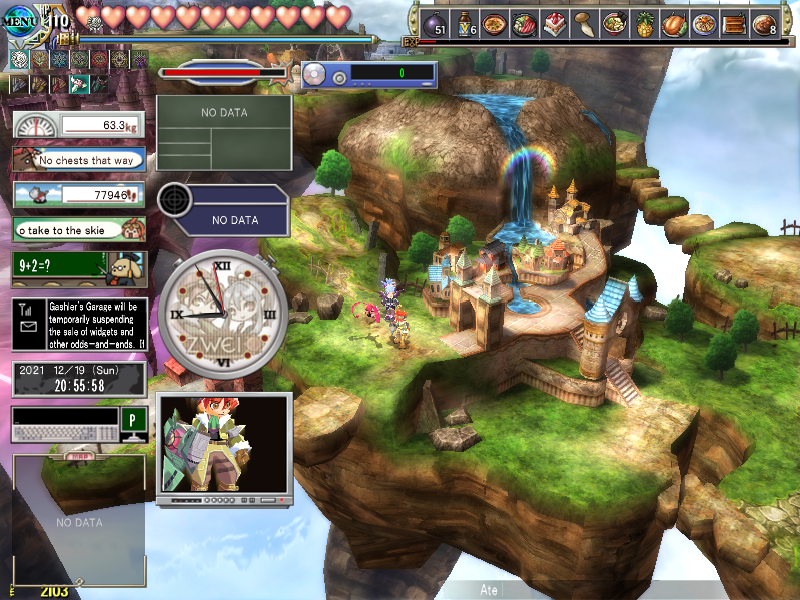
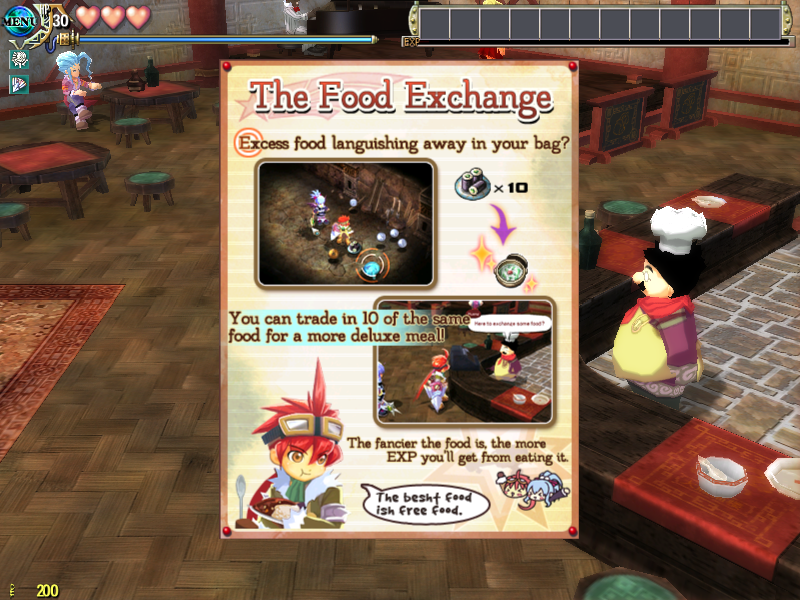
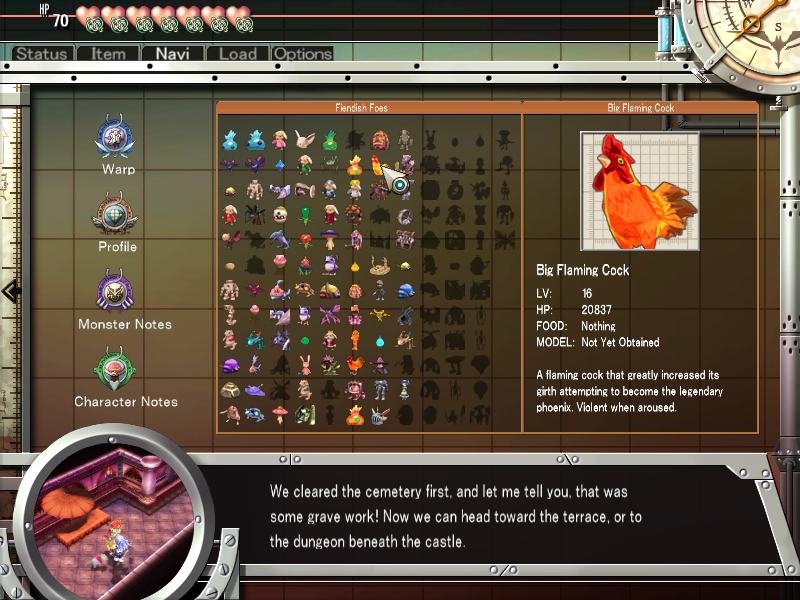
Ranking: A. (I think it narrowly misses the murderer's row that is the top ten, but absolutely struts its way into the high 10s alongside its fellow Falcom alumni Tokyo Xanadu. An excellent action-RPG dungeon-crawler that keenly understands the similar but distinct needs of both of those RPG subgenres while displaying the same localization prowess that made and continue to make the Trails games such a treat. It's almost criminal that its initial launch crashed and burned due, in part, to how Japan was mostly done with PC gaming back in 2008 when it first released. My fervent hope is that more players discover these sassy, breezy Zwei games once they've had their fill of all the Ys and Trails on offer.)
That's going to do it for December's Dredge of Seventeen rundown and for Dredge of Seventeen itself. The newly revised "2017 GOTY (Adjusted)" will be ready to go hours after this entry is published, now filled to the brim with a hundred games of note along with a bunch of fun stats and such. My thanks to all those who followed along throughout 2021, whether you read the whole thing or just skimmed the parts reviewing your 2017 favorites.
